Oh, the humanit(ies)! Why integrating the liberal arts and STEM is a win-win for students, institutions
University Business
FEBRUARY 14, 2024
Integrating the arts into STEM (“STEAM”) has been in discussion since at least 2010, when the Rhode Island School of Design helped pioneer it. ” Conversely, small liberal arts colleges are beginning to expand their horizons, privy to an emerging economy and the new workforce it will demand. .

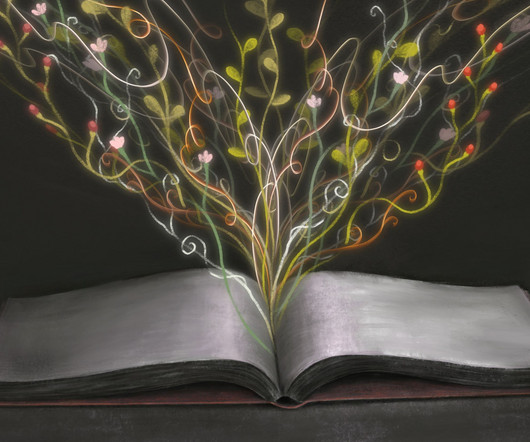
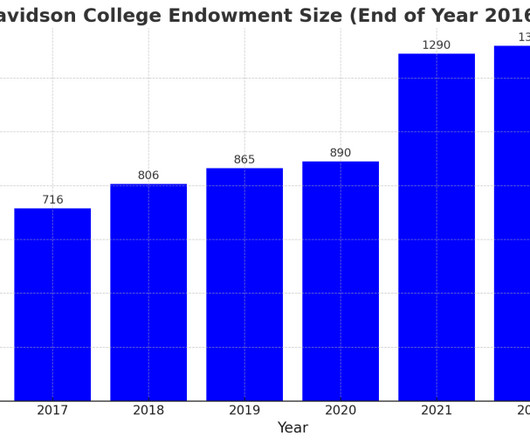

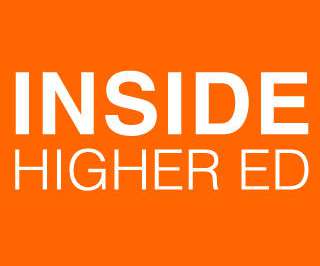

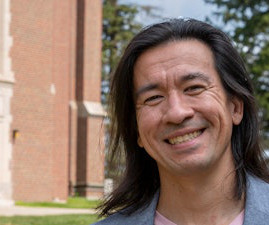

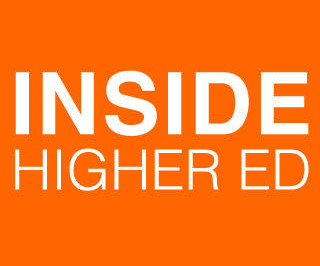
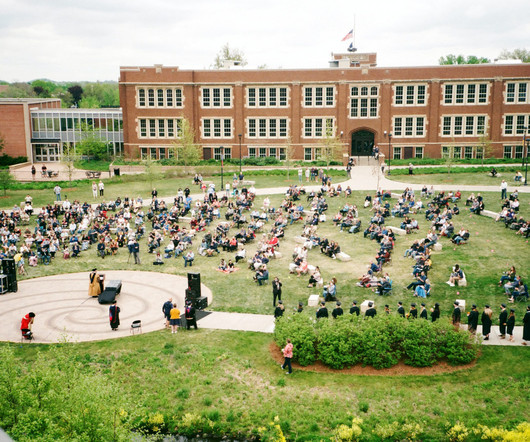
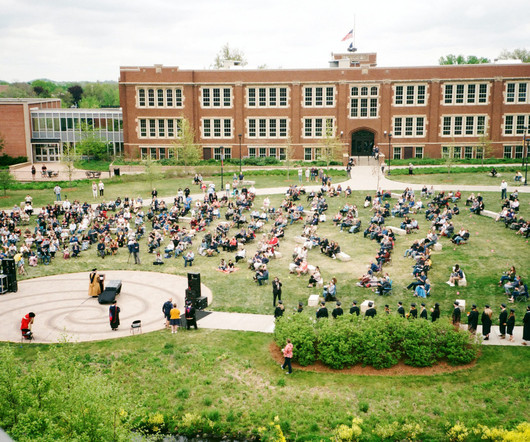
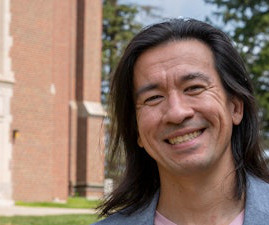
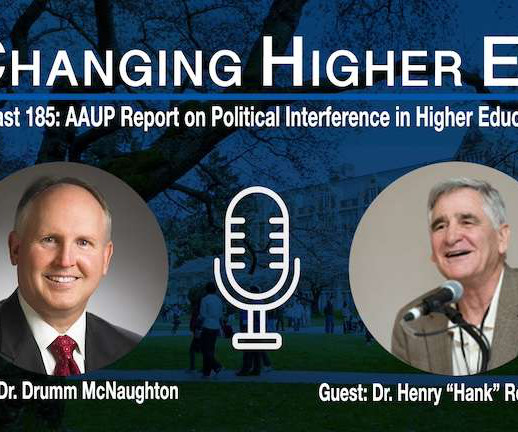








Let's personalize your content